Taking good muscle selfies can feel tough when you’re not sure how to show off your hard work. Gym selfies have become a popular way to track fitness progress and share results online.
Learning how to take muscle selfies with the right lighting, angles, and poses will help you capture your gains in the best way.
Key Takeaways
Good lighting makes muscles pop – use overhead light to create shadows that show muscle shape.
Camera angles change how your muscles look – try low angles for more definition and rotate your torso slightly.
Flex muscles fully for 3-5 seconds before taking photos to show true definition.
A tripod or friend helps capture better angles than mirror selfies can.
Edit photos lightly to enhance real muscle definition without creating fake results that mislead viewers.
Table of Contents
Prepare for Your Muscle Selfie
According to Bartjan, a fitness expert who helps people become healthy and get in shape at Anytime Fitness Zeist, getting ready for a muscle selfie takes more than just flexing. Good prep makes the difference between a basic photo and one that shows off your hard work.
Ensure proper lighting

Lighting plays the key role in showing off your hard-earned muscles. I’ve found that artificial light works better than natural light for gym provocative selfies.
Adam Blanco from Crunch Fitness suggests using overhead and corner lighting to create the best angles. Your muscles need shadows to show their shape.
The best light comes from above, especially around noon on a sunny day.
Your phone settings matter too. Focus your camera and adjust the brightness before taking the shot. White walls and mirrors can bounce light onto your face for better results.
This simple trick has improved my fitness photography dramatically without fancy equipment or Instagram filters.
Choose the right angle
With good lighting in place, your camera angle becomes the next crucial factor. Your phone position changes how your muscles look in photos. Horizontal shots work best for showing off your lats and pecs.
Vertical photos capture your full body and make you look taller.
Try different camera heights for better results. Low angles make your muscles pop more, while higher angles can stretch your figure. For maximum definition, rotate your torso slightly and lean back a bit.
Keep your neck straight with your spine to show muscle details clearly. Place your smartphone below your waist and tilt it up to make your back look longer and highlight muscle groups.
This simple trick is popular among fitness influencers who know that angle matters as much as lighting for impressive muscle selfies.
Posing Tips for Better Results
The right pose makes all the difference in showing off your hard-earned muscles. Your stance and flex technique can turn an average selfie into a showcase of your best features.
Flex and hold your muscles
Flexing muscles properly creates the difference between an average selfie and a jaw-dropping muscle shot. Tense your target muscles fully and hold the pose steady for 3-5 seconds before taking the photo.
This brief tension period helps bring out muscle definition that might not show in a relaxed state. Many guys make the mistake of partial flexing, which fails to showcase their true gains.
Natural lighting works best to highlight muscle cuts and shadows, though gym lighting can create dramatic effects too.
Posing consistency matters for accurate progress tracking. Experts suggest taking muscle photos every 2-3 weeks using the same flex positions. Front, side, and back poses show different muscle groups effectively.
Don’t go overboard with flexing—this can make muscles look unnatural in photos. Some guys find that getting Greek god tattoo designs adds visual interest to muscle photos while drawing attention to specific body areas.
Simple photo manipulation in editing apps can enhance definition without creating fake results.
Maintain good posture
Good posture makes a huge difference in muscle selfies. I’ve learned that standing tall with shoulders back shows off muscle definition much better than slouching.
Poor posture can hide all your hard work, even if you’ve been training for months. Try this: pull your shoulders down and back, tuck your chin slightly, and engage your core before taking the photo.
This creates tension in the muscles and makes them pop in photos without weights.
A plain background helps your physique stand out in the frame. I set up my selfie spot with natural light coming from the side, which creates shadows that highlight muscle separation.
After editing in Lightroom, I keep changes minimal – just enough to enhance definition without looking fake. The right posture combined with good lighting will showcase your gains better than any filter could.
Tools and Techniques
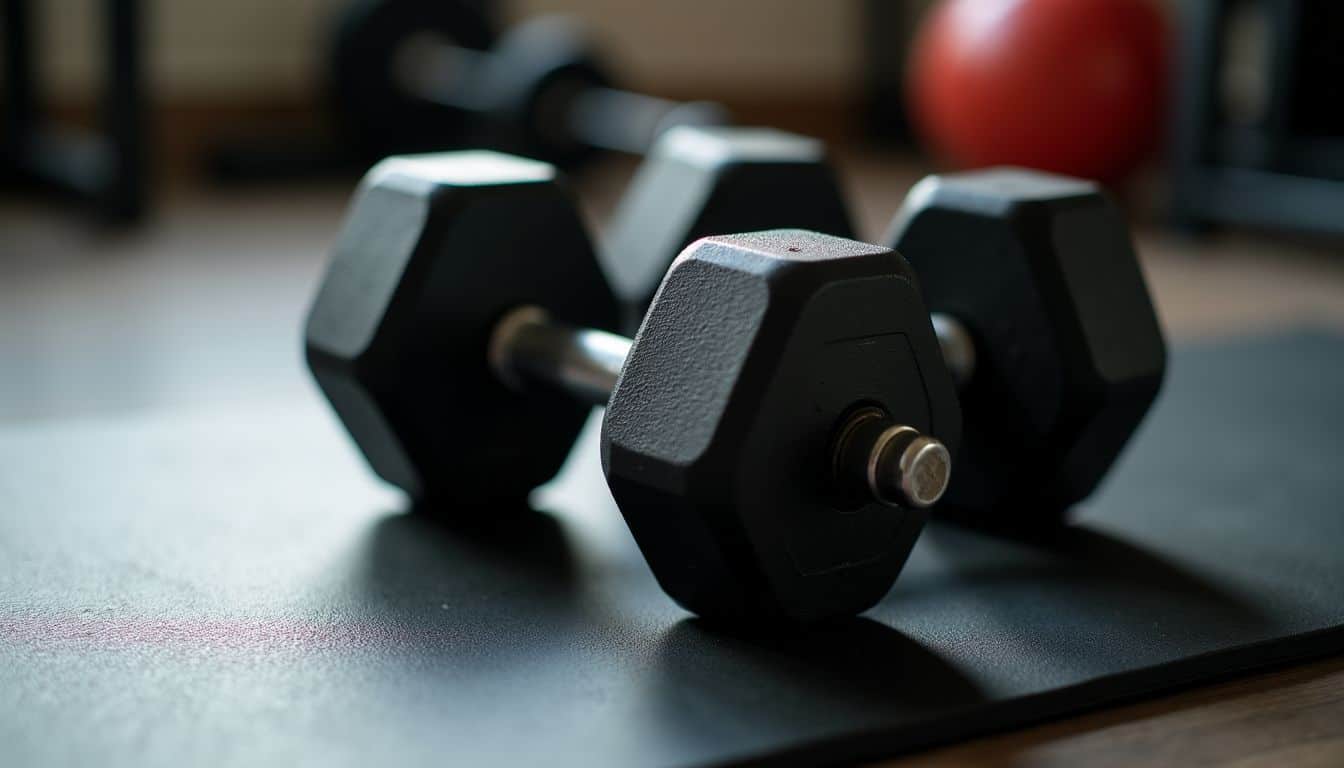
The right tools can make your muscle selfies stand out from the crowd. Smart gear choices and photo editing skills will take your flex shots to the next level.
Use a tripod or a friend for assistance
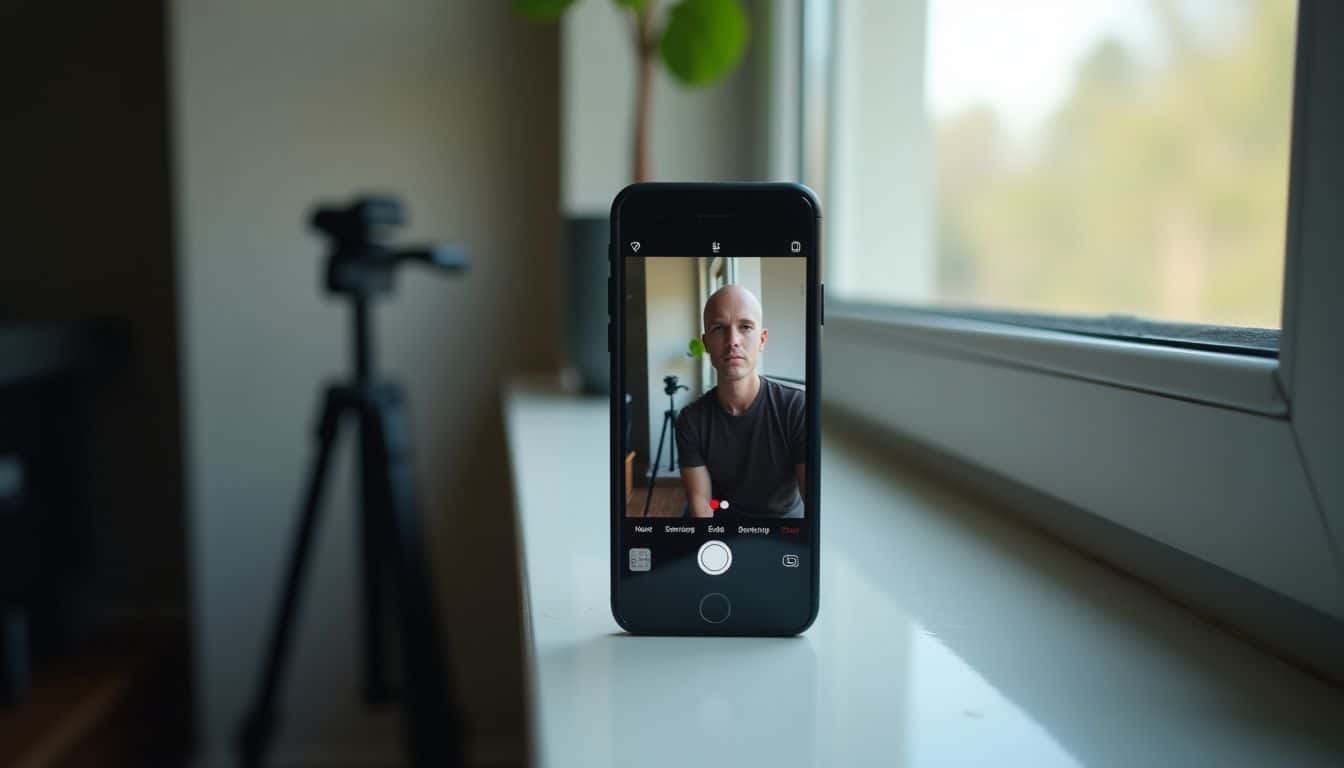
A tripod changes your muscle selfie game completely. I bought a Manfrotto action tripod last year and my photos improved right away. This compact tool lets you set up perfect shots without awkward arm angles.
You can use the self-timer or a remote clicker to snap pics while holding your best flex pose. My tripod has helped me capture my progress shots from angles I couldn’t reach before.
Friends often take better photos than mirrors can. Ask a buddy to snap your muscle shots for more natural results. They can move around to find the best angle while you focus on your pose.
No tripod? No problem. I’ve placed my phone on stable surfaces like windowsills many times with good results. Practice using your setup in different places to get comfortable with it.
Taking great muscle photos requires good tools, similar to a boudoir photo shoot for women. Next, we’ll look at how photo editing can enhance your muscle definition without looking fake.
Edit carefully to enhance but not distort
Good editing makes your muscle selfies pop without lying about your gains. Apps like Photoshop and Lightroom offer tools to highlight muscle definition through moderate contrast and clarity adjustments.
The right Instagram filter can make a difference too – Hudson softens details while Ludwig brings out sun-lit effects. But don’t go overboard! Too much editing creates a fake look that misses the point of muscle selfies.
Smart editing focuses on bringing out what’s already there. Use lighting tricks to show off your body angles rather than warping your actual shape.
Heavy editing that makes you look totally different breaks trust with your followers. Stick to small tweaks that enhance your true physique – your actual gains deserve the spotlight.
People Also Ask
What lighting works best for muscle selfies?
Natural light is your best friend for muscle photos. Try to stand near a window or go outside during the golden hour – that’s early morning or late afternoon. This soft light will show off your muscle cuts better than harsh overhead lights.
How can I find my best angle for flex photos?
Everyone has a good side! Test different angles by taking practice shots. For most people, a slight turn to the side shows off arm and chest muscles better than facing straight ahead. Try angling the camera slightly above eye level for better jawline definition.
Should I use filters on my muscle selfies?
Skip the heavy filters that change how your muscles actually look. Light editing to fix brightness or contrast is fine, but your goal is showing real results. Too many filters can make your gains look fake.
How often should I take progress photos of my muscle gains?
Take muscle selfies every 2–4 weeks to track real progress. Your body changes slowly, so daily photos won’t show much difference. Use the same spot, lighting, and poses each time for fair comparisons.
References
https://www.pictureperfectphoto.co.uk/looking-good-in-fitness-photos-lighting-guide/
https://www.unfinishedman.com/how-to-take-the-perfect-muscle-selfie/ (2023-01-12)
https://www.pictureperfectphoto.co.uk/tips-for-taking-great-gym-photos-of-your-back-with-your-phone/
https://www.trainerize.com/blog/how-to-pose-for-progress-pictures/ (2024-11-27)
https://www.muscleandfitness.com/workouts/workout-tips/5-tips-get-best-gym-selfie/
https://hertravelstyle.com/photography/2018/6/4/10-tips-for-photographing-yourself-with-a-tripod
https://www.theoutfitrepeater.com/awesome-selfie-tips-tripod-video/ (2015-11-18)
